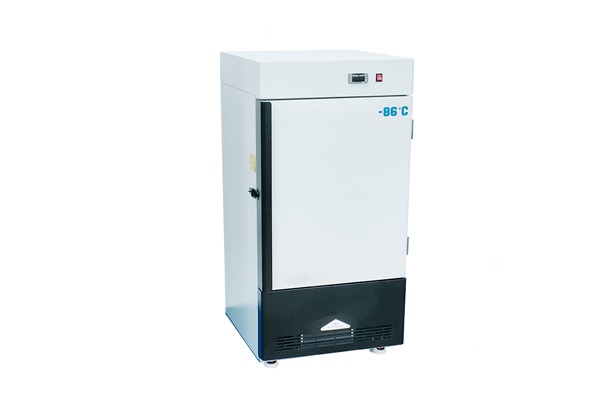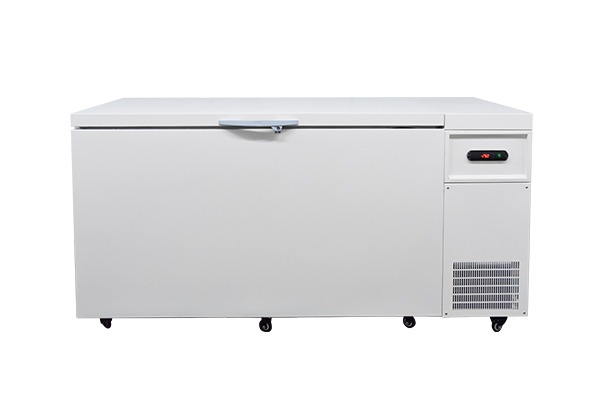What is an ultra cold freezer?
A cryogenic refrigerator, commonly known as an ultra-cold freezer, is a specialized cooling device often employed in laboratory and scientific research settings. It’s designed to chill substances to extremely low temperatures, far below what standard household refrigerators can achieve. These ultra-cold freezers can reach temperatures such as those below the boiling point of liquid nitrogen (-196 degrees Celsius) or even lower, down to the boiling point of liquid helium (-269 degrees Celsius). This capability makes them crucial tools in experimental research across fields like physics, chemistry, and biology.

Ultra Low Temperature Freezer(Vertical)
Capacity: 30L – 750L
Interior:304 Stainless steel
Temp range: -40℃ to -86℃
CE&ISO Certified
Ultra Low Temperature Freezer(Horizontal)
Logo and Plug: OEM Free
Inner Size:1330X470X600mm
Temp range: -65℃
CE&ISO Certified

What refrigerant is used in ultra low freezers?
Ultra-low temperature refrigerators typically utilize refrigerants such as liquid nitrogen or liquid argon. These refrigerants have extremely high cooling capacities at very low temperatures, enabling ultra-low temperature refrigerators to reach temperatures well below -100 degrees Celsius. They are widely used in industrial and scientific settings for applications requiring extremely low temperatures, such as in laboratories, research facilities, and production environments.
What is the best use of ultra low freezers?
Ultra-low temperature refrigerators serve best for preserving temperature-sensitive materials and samples in scientific research, medical storage, and industrial settings. They maintain extremely cold temperatures, making them essential for storing biological samples, vaccines, pharmaceuticals, and chemicals that require stable ultra-cold conditions. Moreover, they play a crucial role in experiments and studies involving cryogenic temperatures, notably in physics, chemistry, and material science research.
